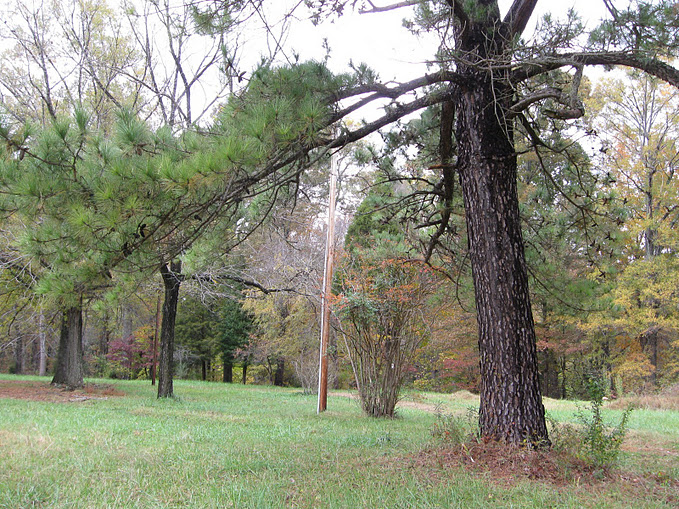CONSERVATION FAQ



We can help protect land that offers significant conservation values. This includes woodlands, wetlands, farmland, endangered species habitat, scenic areas, wild and scenic rivers, historic areas, and open space.
Conservation easements generally prohibit commercial, industrial, and residential development; the dumping of waste materials; the erection of billboards; excavation, dredging and mining activities.
A conservation easement is forever. It protects the land from development for the current and all future property owners.
Davidson Lands Conservancy partners with the land owner to conserve the land, but the Conservancy is ultimately responsible for enforcing the terms of the easement. The Conservancy visits the property routinely, usually at least annually, to assure compliance with the terms of the easement.
The easement itself will not grant the public access to the land. If a donor wishes to allow the public access though, the easement does not prohibit it.
Conservation easements generally encourage natural, agricultural, and forestry uses of the land. Hunting, fishing, forest management, hiking, and other similar uses are typically permitted.
Conservation easements are customized to meet the needs of the owner and to protect the property’s conservation values. The easement generally allows for additions and changes to existing structures, construction of accessory and farm structures, and normal agricultural practices. Some easements permit timbering. It may also be possible to reserve a limited number of future home sites on the property.
Yes, the land can be bought, sold, and inherited — the same as all other land.
The property owner (and grantor of the easement) continues to own the land, live on it, and use it as provided by the conservation easement.
A qualified appraiser determines the conservation easement’s value. The land is appraised at both its market value without easement restrictions and its market value with the easement restrictions. The difference is the value of the easement. This easement value determines the income and estate tax benefits of donating the easement.
Yes! A conservation easement lets the landowner:
- Create a perpetual protection plan tailored to her/his goals for the property and the property’s conservation values;
- Create a conservation legacy benefiting the community for all time;
- Preserve natural resources, scenic open space, and natural lands;
- Retain title to the property and continue to live on it, sell it, or pass it on to heirs.
It depends on many variables, including the taxable value of the land and the landowner’s annual adjusted gross income, but potential benefits may include:
- Lower property taxes;
- Reduced estate and inheritance taxes;
- A federal income tax deduction of up to 50% of annual adjusted gross income that may be carried forward for fifteen years.
The easement is executed in the form of a deed and is on record at the county Register of Deeds. A title search of the property reveals the conservation easement.
Probably not. Most lenders are hesitant to subordinate the bank’s position to a conservation easement, for fear of lowering the value of the property the bank has accepted as collateral for a loan. However, a conservation easement should not preclude future borrowing against the property.
For landowners, donating a conservation easement is a way to protect the places they love. It’s also a major financial decision. When a landowner donates a conservation easement, they give away some of the rights associated with the property. By donating a conservation easement to Davidson Lands Conservancy, landowners choose us as a conservation partner to annually monitor the property and enforce the terms of the easement forever.
Yes. Over 15,000 acres in the Charlotte region have been permanently conserved, and more than 50 million acres nationally.
It’s a permanent agreement voluntarily executed by a landowner to ensure property will be preserved from development, regardless of who owns the land in the future.

